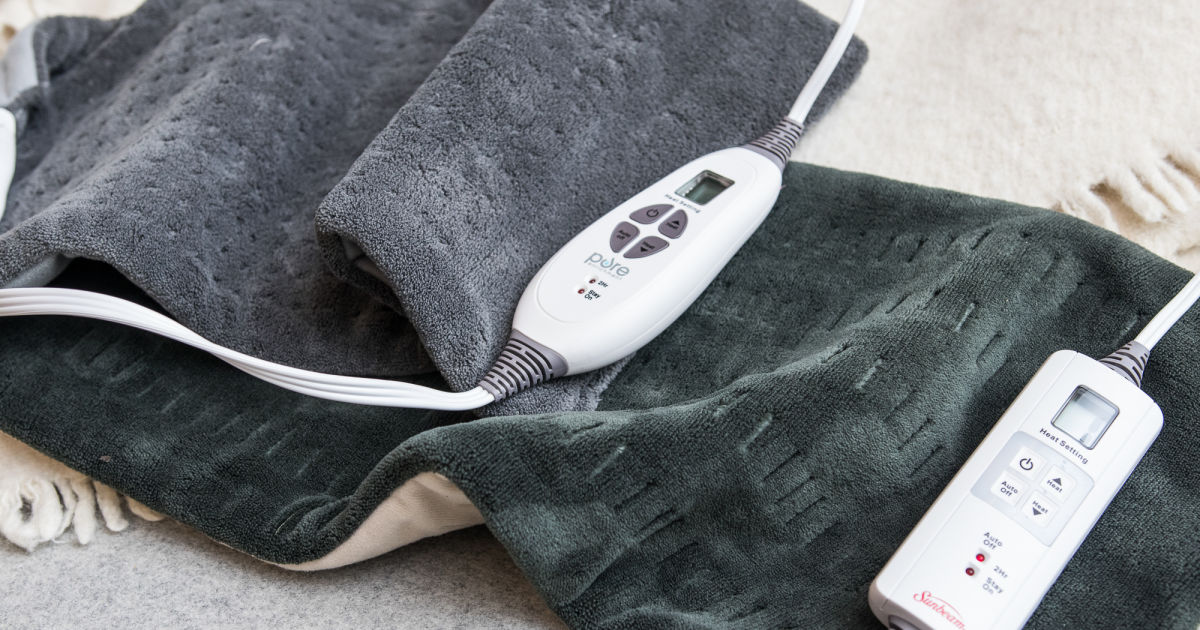Guide To Treating Costochondritis
Costochondritis, also known as costosternal chondrodynia, is a medical condition that causes pain in the chest wall. It results from an inflammation of the cartilage connecting the ribs to the sternum. Generally, costochondritis is short term and resolves within a few days or weeks. The type of chest pain it causes is triggered when the affected area at the front of the rib cage is pressed. The pain may get worse when the patient coughs or takes a deep breath, and it is often located on the left side of the sternum. Costochondritis can be caused by being hit or falling on the chest, and it may also develop due to arthritis, infections such as tuberculosis, heavy lifting, severe coughing, and other physical strain. Women and all individuals over forty years old face an increased risk of the condition. Since some of the symptoms can mimic a heart attack or other heart conditions, patients should be evaluated by a doctor to confirm a diagnosis of costochondritis. The treatment methods described below are often helpful for costochondritis.
Apply Heat To The Affected Area

While heat itself doesn't cure costochondritis, doctors often recommend patients apply heat to the affected area at home to relieve pain. Heating pads, heated gel packs, warm towels, and heated rice bags can all provide adequate warmth to sooth the area. Patients should follow the instructions on any store-bought product, heating it only as long as is directed, to avoid burns. If the heated product is too hot, patients may want to place an extra towel between the heating pad and their skin. Heat should be used on the lowest setting available, and patients can use heat for between four to six times a day. Some patients may find individual adhesive self-heating patches are beneficial. These can be worn safely for longer periods and are available from pharmacies as well as online. If patients find heat does not improve their pain, they may wish to try using ice.
Reveal more methods of treating costochondritis now.
Pain Medication

Pain medications are an essential part of treating costochondritis. Typically, doctors recommend the use of anti-inflammatory medicines such as ibuprofen and naproxen. For patients who cannot adequately control their pain with these options, physicians may choose to prescribe narcotic pain relievers, such as hydrocodone, codeine, or oxycodone. However, it's important to note doctors exercise caution when prescribing these medications because they can be addictive. As an alternative, some patients may wish to try low-dose antidepressants such as amitriptyline or anti-epileptic medications such as gabapentin, both of which are routinely used for controlling chronic pain. Patients should be carefully monitored when taking any prescription pain reliever, and they should report any side effects to their doctor. Some medications may cause kidney damage, and this may need to be monitored with regular blood tests.
Learn more about treating costochondritis now.
